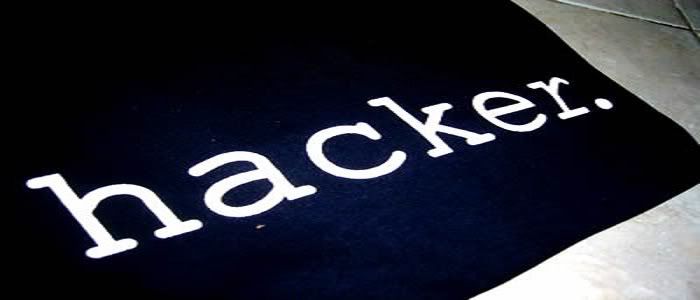
MICROSOFT OFFICE IMPORTANT QUESTION AND ANSWERS
Today we come up with good number of Microsoft access important questions, in any of the bank examinations good number of questions will be asked from MS office and candidates should be good at shortcut keys and some important points about office. To make your preparation easier Anil come up with a set of Computer awareness question and answers on Microsoft office. Here you go.
1. Microsoft office is
A. Desktop Application
B. Operating System
C. Command Window
D. None of these
2. Microsoft office is an office suite for the
A. Microsoft Windows operating systems
B. Mac OS X Operating System
C. Both A and B is true
D. None of these
3. Microsoft word, Microsoft Excel and Microsoft Power point are the part of
A. Microsoft Office suit
B. Microsoft Windows
C. Mac OS X
D. None of these
4. The very first version of Microsoft Office was released for
A. Microsoft operating systems
B. Apple Macintosh OS
C. Unix
D. None of these
5. The first version of MS Office to be released for the Microsoft windows operating system is
A. Microsoft office 3.0
B. Microsoft office 2003
C. Microsoft office 2007
D. Microsoft office XP
6. The word processor in MS office suite is
A. Microsoft word
B. Microsoft excel
C. Microsoft PowerPoint
D. None of these
7. Microsoft word is a word processor that saves in its proprietary _______________ format
A. .doc
B. .pdf
C. .txt
D. None of these
8. Microsoft office suit spreadsheet program is
A. Microsoft excel
B. Microsoft word
C. Microsoft PowerPoint
D. None of these
9. Competitor of dominant lotus 1-2-3 is
A. Microsoft excel
B. Microsoft word
C. Microsoft PowerPoint
D. None of these
10. A personal information manager and e-mail communication software in MS office is
A. Microsoft outlook
B. Microsoft word
C. Microsoft PowerPoint
D. None of these
11. A popular presentation program for windows and Mac in Microsoft office is
A. Microsoft word
B. Microsoft PowerPoint
C. Microsoft Access
D. None of these
12. To create slideshows, composed of text graphics, movies and other objects which can be displayed on-screen and navigated through by the presenter or printed out on transparencies or slides one use
A. Microsoft word
B. Microsoft PowerPoint
C. Microsoft Access
D. None of these
13. For database management one uses
A. Microsoft Access
B. Microsoft PowerPoint
C. Microsoft Access
D. None of these
14. It is software for creating newsletters, business cards, greeting cards, flyers or post cards
A. Microsoft Publisher
B. Microsoft PowerPoint
C. Microsoft Access
D. None of these
15. It is note-taking software for use with tablet PCs or regular PCs
A. Microsoft OneNote
B. Microsoft PowerPoint
C. Microsoft Access
D. None of these
16. Microsoft office sharepoint designer is used for
A. A WYSIMYG HTML editor and web design program for customizing SharePoint applications, it replaces Microsoft office FrontPage
B. Project manager software to keep track of events and to create network charts and gantt charts
C. Diagram and flowcharting software
D. None of these
19. Microsoft office Accounting is
A. A tool for managing business finances
B. Project manager software to keep track of events and to create network charts and gantt charts
C. Diagram and flowcharting software
D. None of these
20. Microsoft office communicator is
A. Integrated communications client for conferences and meetings in real time
B. Project manager software to keep track of events and to create network charts and gantt charts
C. Diagram and flowcharting software
D. None of these
21. Microsoft office document imaging is
A. An application that supports editing scanned documents
B. A scanning OCR application
C. Diagram and flowcharting software
D. None of these
22. Microsoft Office Document scanning is
A. An application that supports editing scanned documents
B. A scanning and OCR Applications
C. Diagram and flowcharting software
D. None of these
23. Microsoft Office groove is
A. A proprietary peer-to-peer software package aimed at business
B. An application that supports editing scanned documents
C. Diagram and flowcharting software
D. None of these
24. Microsoft office InterConnect is
A. Business-relationship database
B. An application that supports editing scanned documents
C. Diagram and flowcharting software
D. None of these
25. Microsoft office picture manager is
A. Basic Photo management software
B. An application that supports editing scanned documents
C. Diagram and flowcharting software
D. None of these
ANSWERS:
1) A 2) C 3) A 4) B 5) A
6) A 7) A 8) A 9) A 10) A
11) B 12) B 13) A 14) A 15) A
16) A 17) B 18) C 19) A 20) A
21) A 22) B 23) B 24) A 25) A
See more at : http://anilblr.blogspot.in/






























